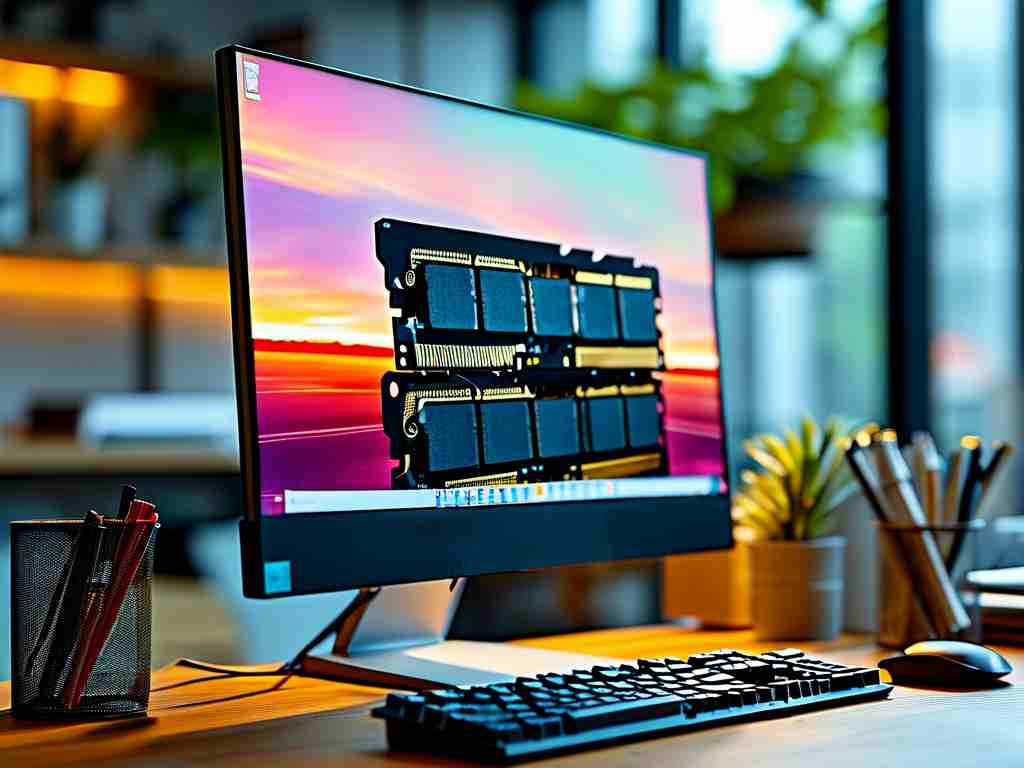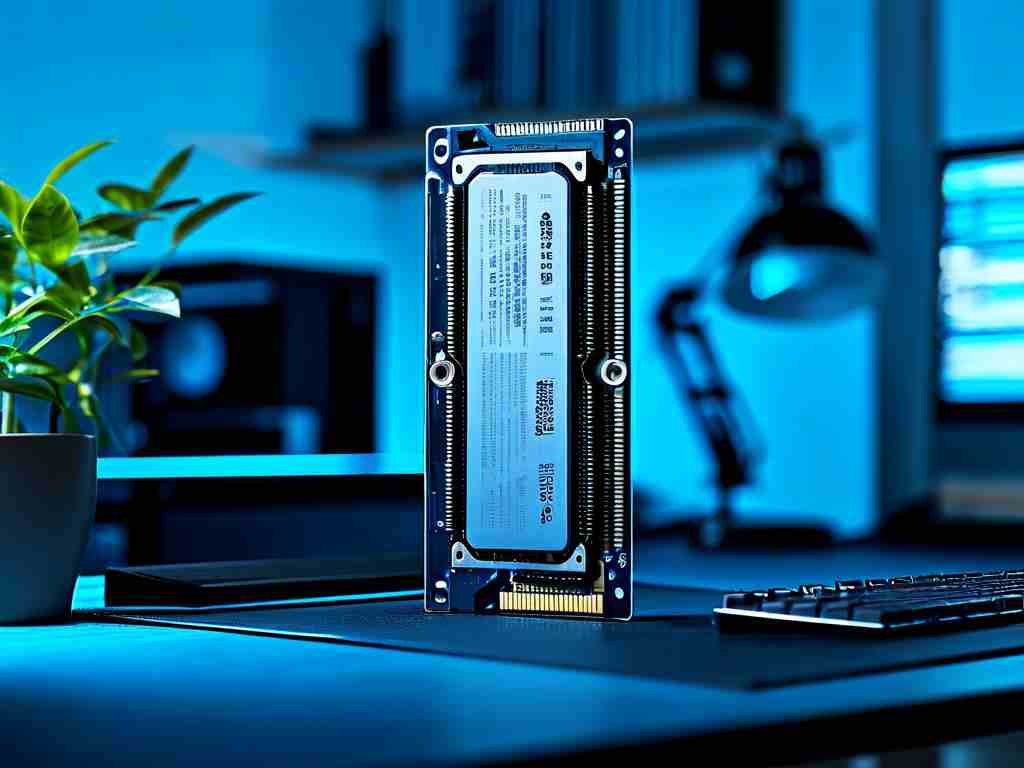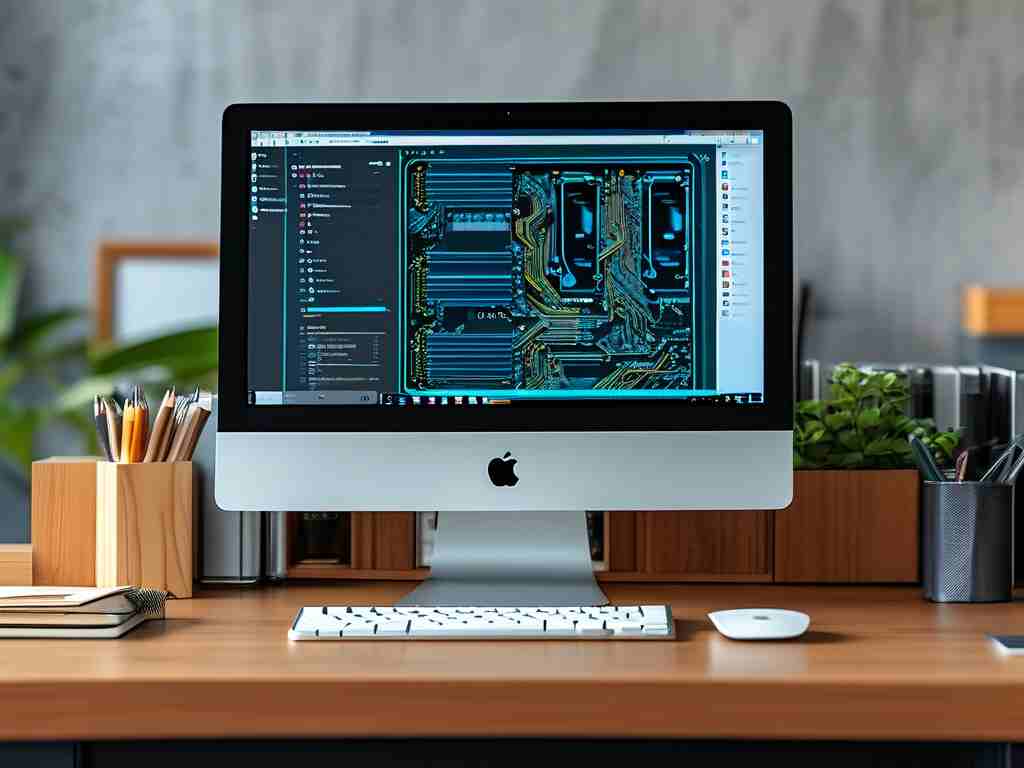When building or upgrading a computer, selecting the appropriate memory (RAM) capacity remains one of the most critical decisions. RAM acts as a temporary workspace for your system, directly impacting multitasking efficiency, application responsiveness, and overall performance. This article explores key considerations for choosing RAM capacity while addressing common misconceptions and technical nuances.

Understanding RAM's Role
Random Access Memory serves as a bridge between your computer's storage and processor. Unlike permanent storage devices, RAM provides ultra-fast data access for active tasks. For instance, when editing a video or running virtual machines, sufficient RAM prevents constant data swapping with slower storage drives. Modern operating systems like Windows 11 or macOS Sonoma require at least 8GB for basic functionality, but real-world usage often demands more.
Capacity vs. Use Case
-
Basic Computing (8GB-16GB):
For web browsing, document editing, or light media consumption, 8GB suffices. However, 16GB offers future-proofing as software requirements evolve. Chromium-based browsers like Chrome often consume 2-4GB alone when handling multiple tabs. -
Gaming and Content Creation (16GB-32GB):
Modern AAA games like Cyberpunk 2077 or Starfield recommend 16GB for optimal performance. Content creators using Adobe Premiere or Blender benefit from 32GB, especially when handling 4K/8K projects or complex 3D renders. -
Workstations and Servers (32GB+):
Data analysis tools, machine learning frameworks, and virtualization environments thrive with 64GB or higher. For example, running multiple Docker containers or training AI models requires substantial memory headroom.
Hidden Factors in RAM Selection
- Memory Channels: Dual-channel or quad-channel configurations boost bandwidth. Pairing two 8GB sticks (16GB total) often outperforms a single 16GB module.
- Clock Speed and Latency: DDR4-3200 CL16 and DDR5-4800 CL40 represent common standards. Higher speeds benefit CPU-intensive tasks but require compatible motherboards.
- Operating System Limits: Windows 10 Home restricts RAM to 128GB, while Pro and Enterprise editions support 2TB.
Future-Proofing Considerations
Industry trends show growing memory demands. Microsoft's Copilot AI integration and Apple's Unified Memory Architecture highlight this shift. For upgradable systems, leaving empty DIMM slots allows later expansions. However, soldered RAM in ultrabooks and MacBooks makes initial capacity choices irreversible.
Cost-Benefit Analysis
As of 2024, DDR4 prices hover around $25 per 8GB, while DDR5 modules cost 30% more. Users should balance budget against expected usage duration. A $50 upgrade from 16GB to 32GB might extend a system's relevance by 2-3 years.
Technical Validation
Test configurations reveal tangible differences. In PugetBench benchmarks, a 32GB system completes video exports 22% faster than a 16GB setup when working with 8K footage. Gamers note fewer stutters in open-world titles when exceeding minimum RAM requirements.
Common Pitfalls to Avoid
- Overestimating Needs: Few users truly require 64GB for casual use.
- Mixing Modules: Combining different RAM brands or speeds may trigger compatibility issues.
- Ignoring XMP Profiles: Enabling Extreme Memory Profile in BIOS unlocks advertised speeds.
In , selecting RAM capacity involves analyzing current workflows, anticipating future needs, and understanding hardware synergies. While 16GB serves as today’s sweet spot for most users, specialized applications justify higher investments. Always verify motherboard specifications and consider warranty options when purchasing memory modules.









